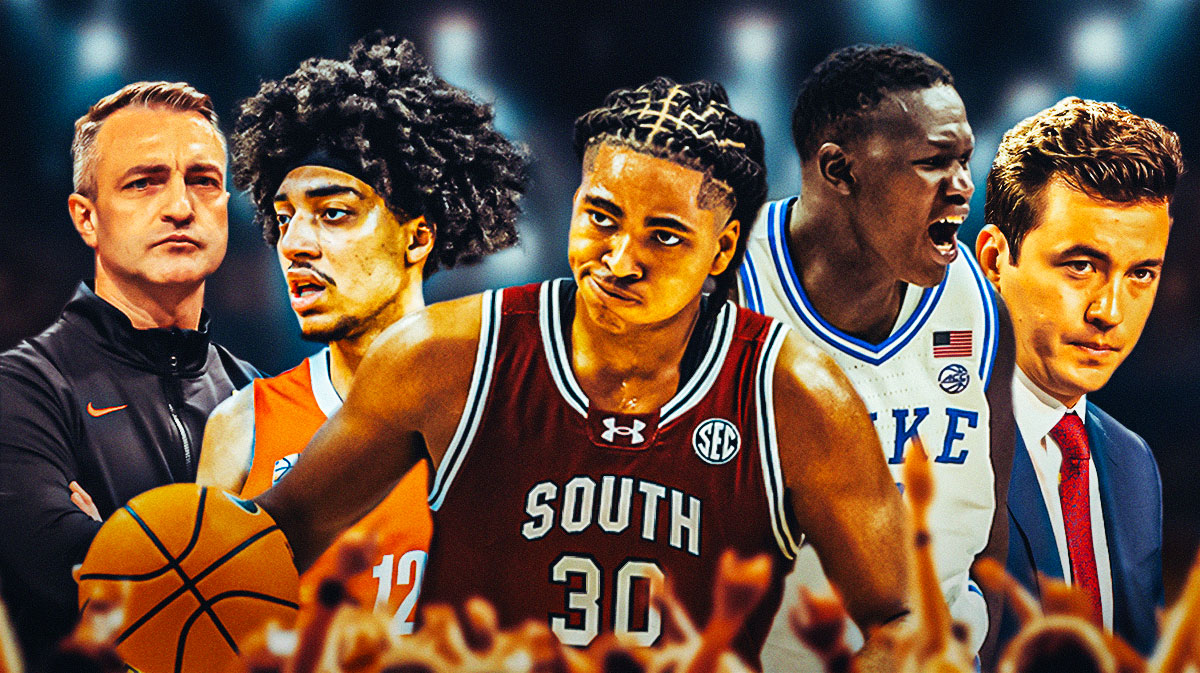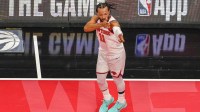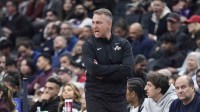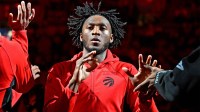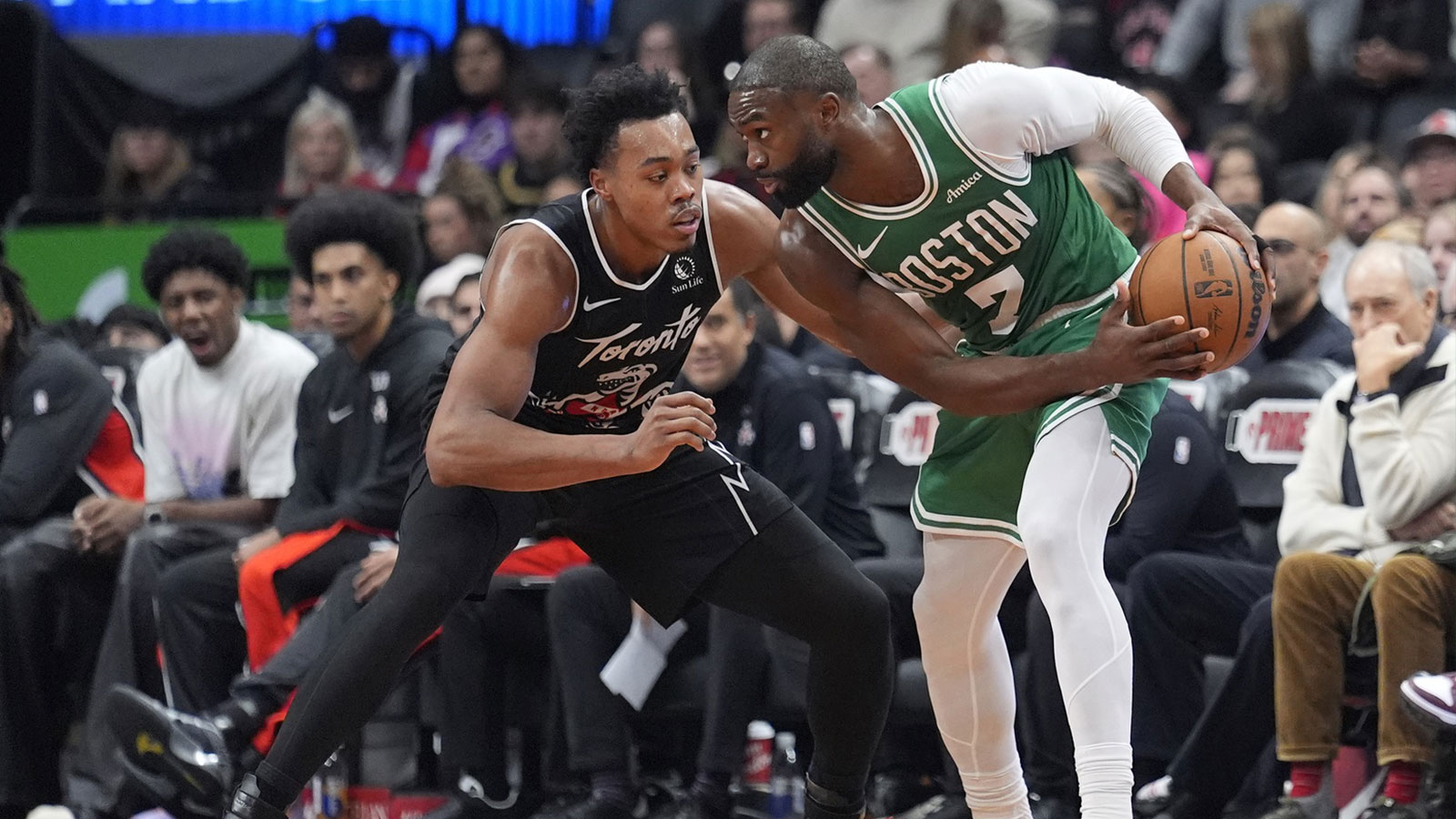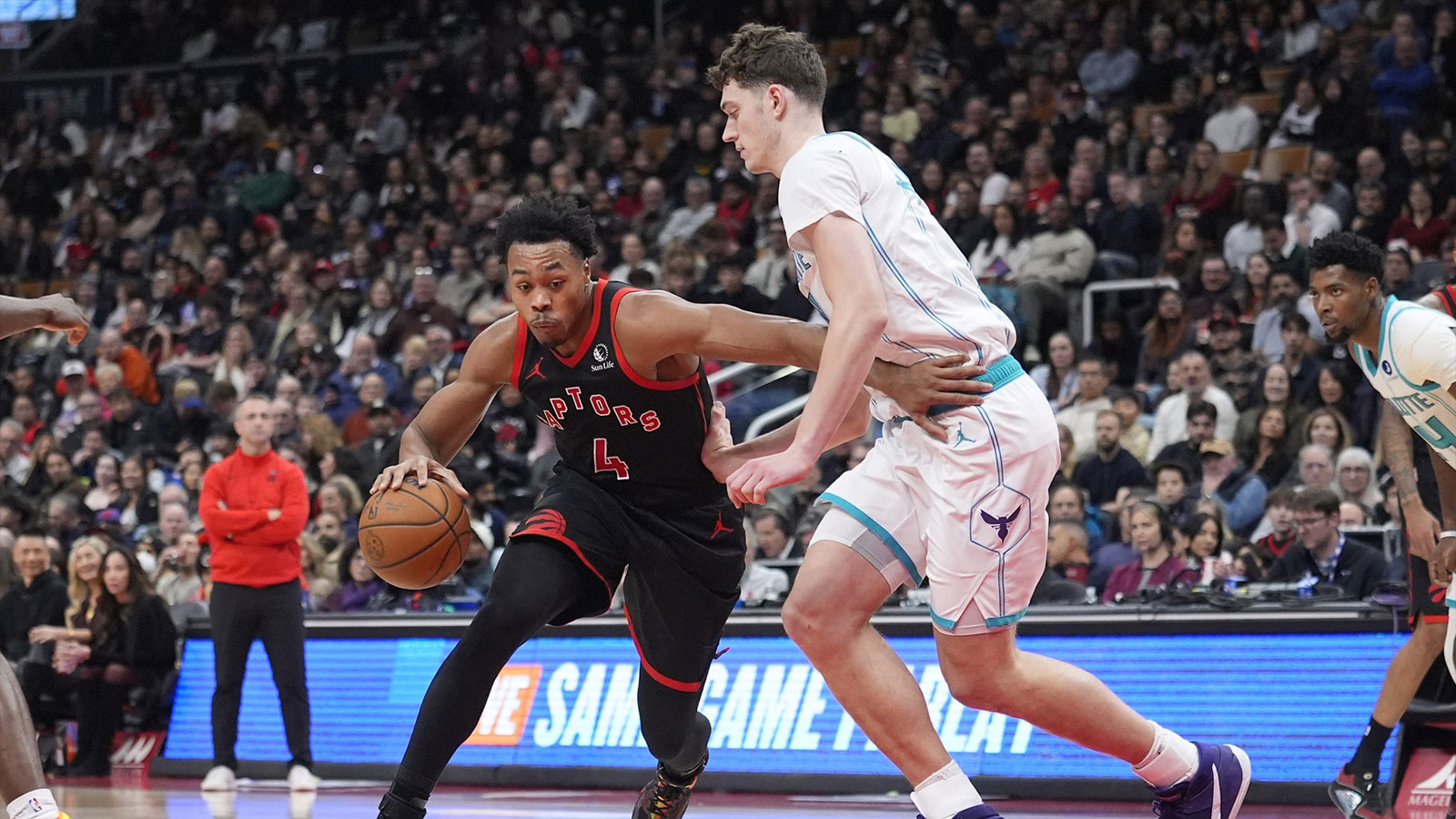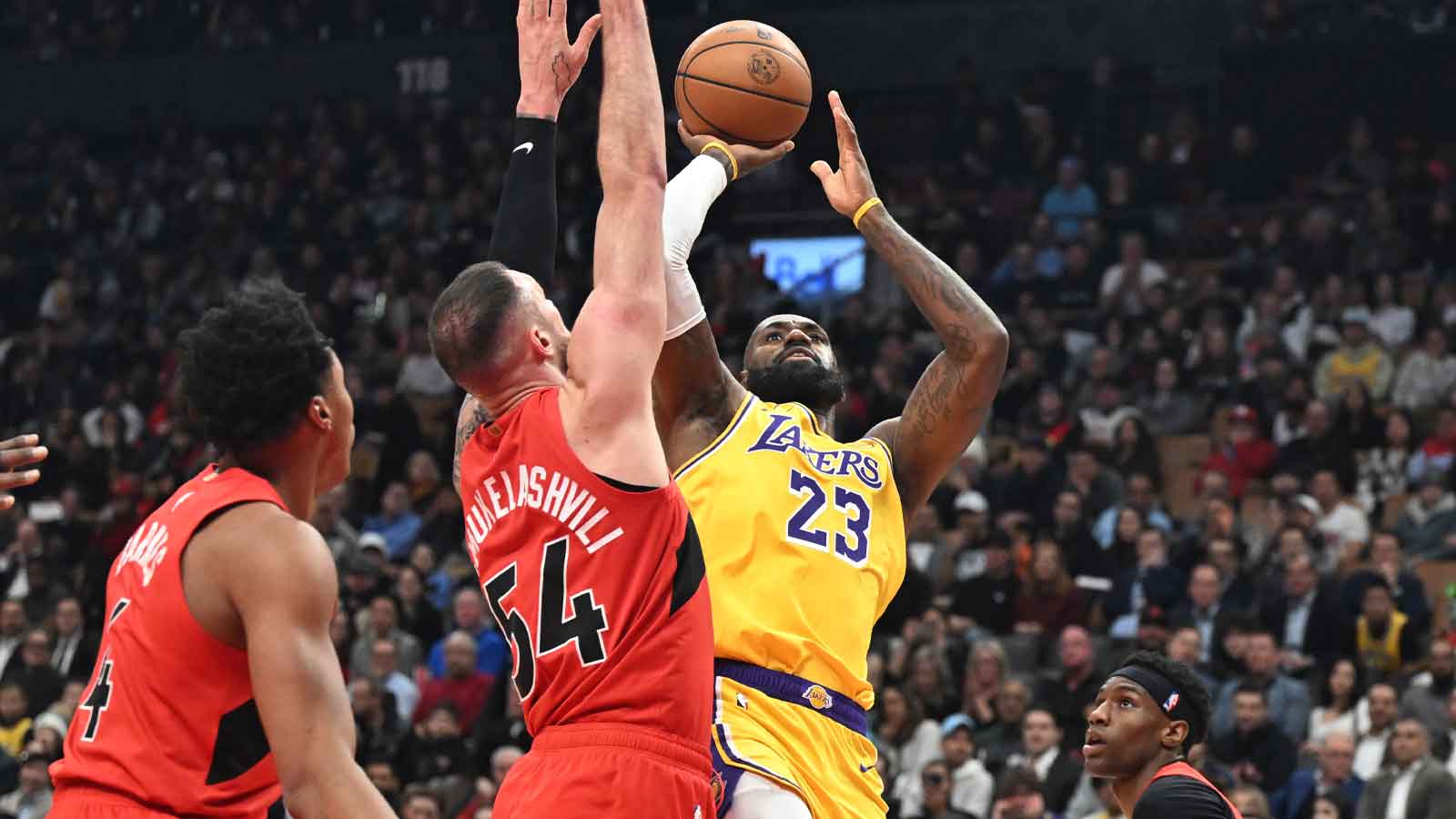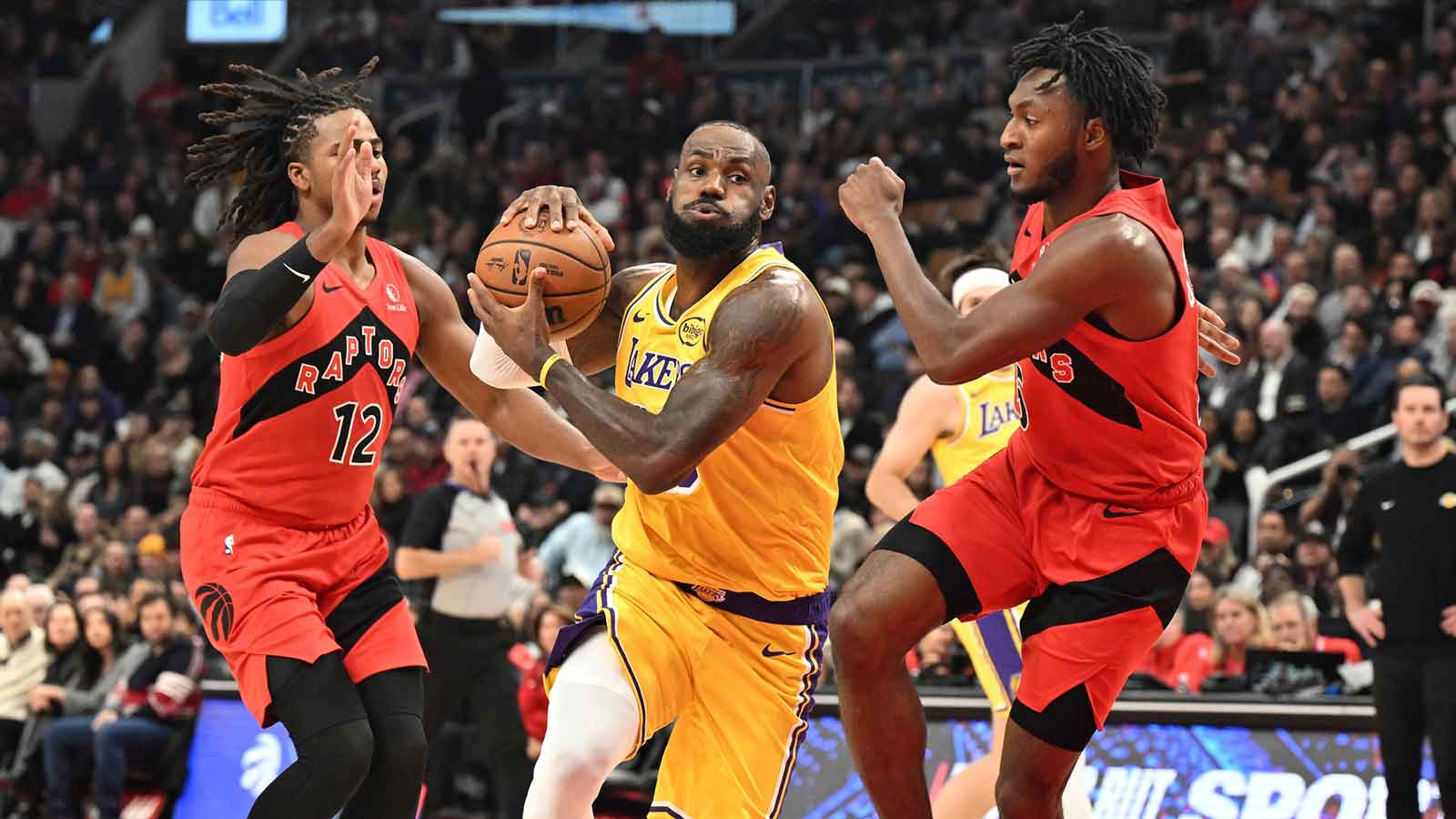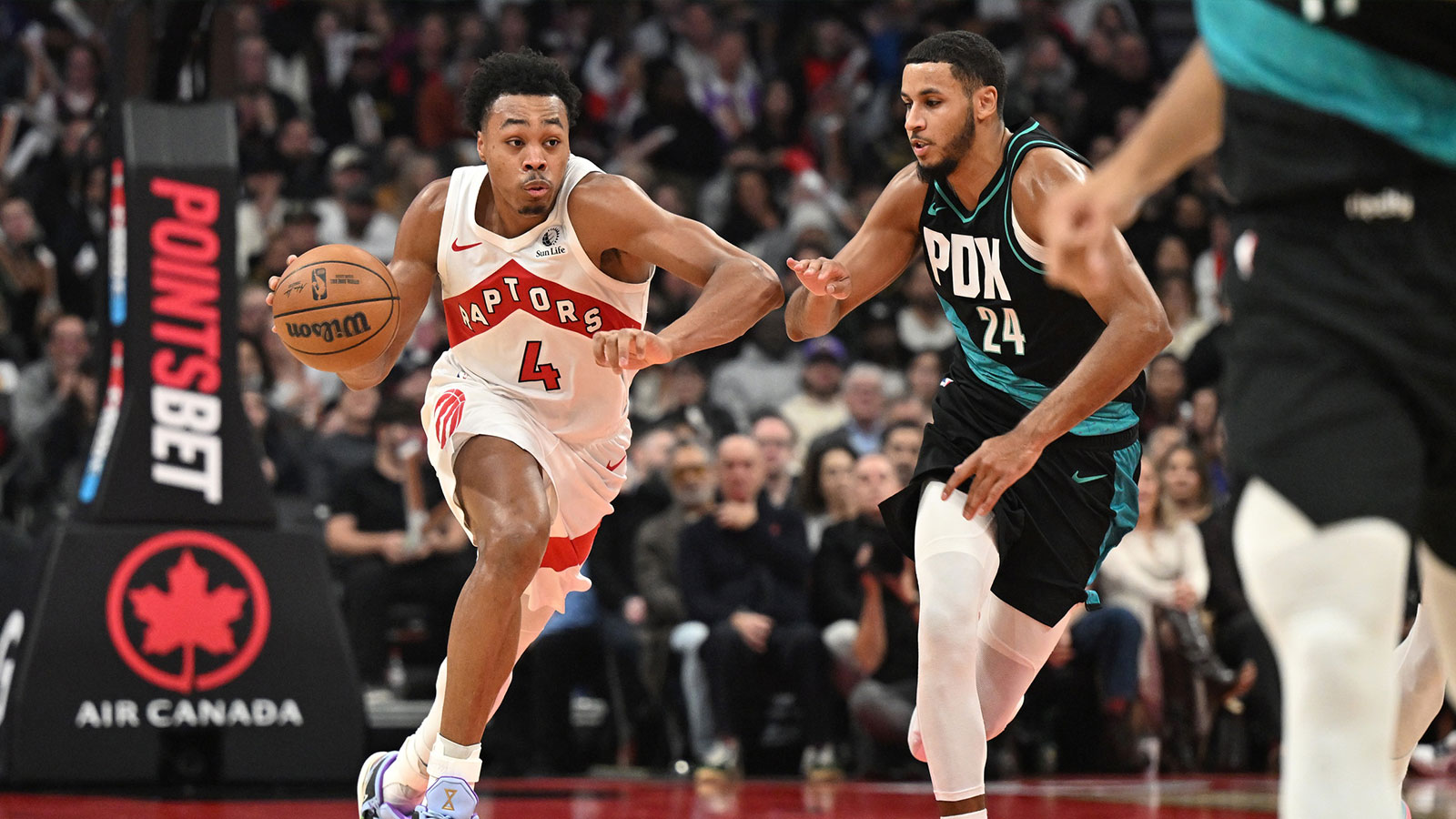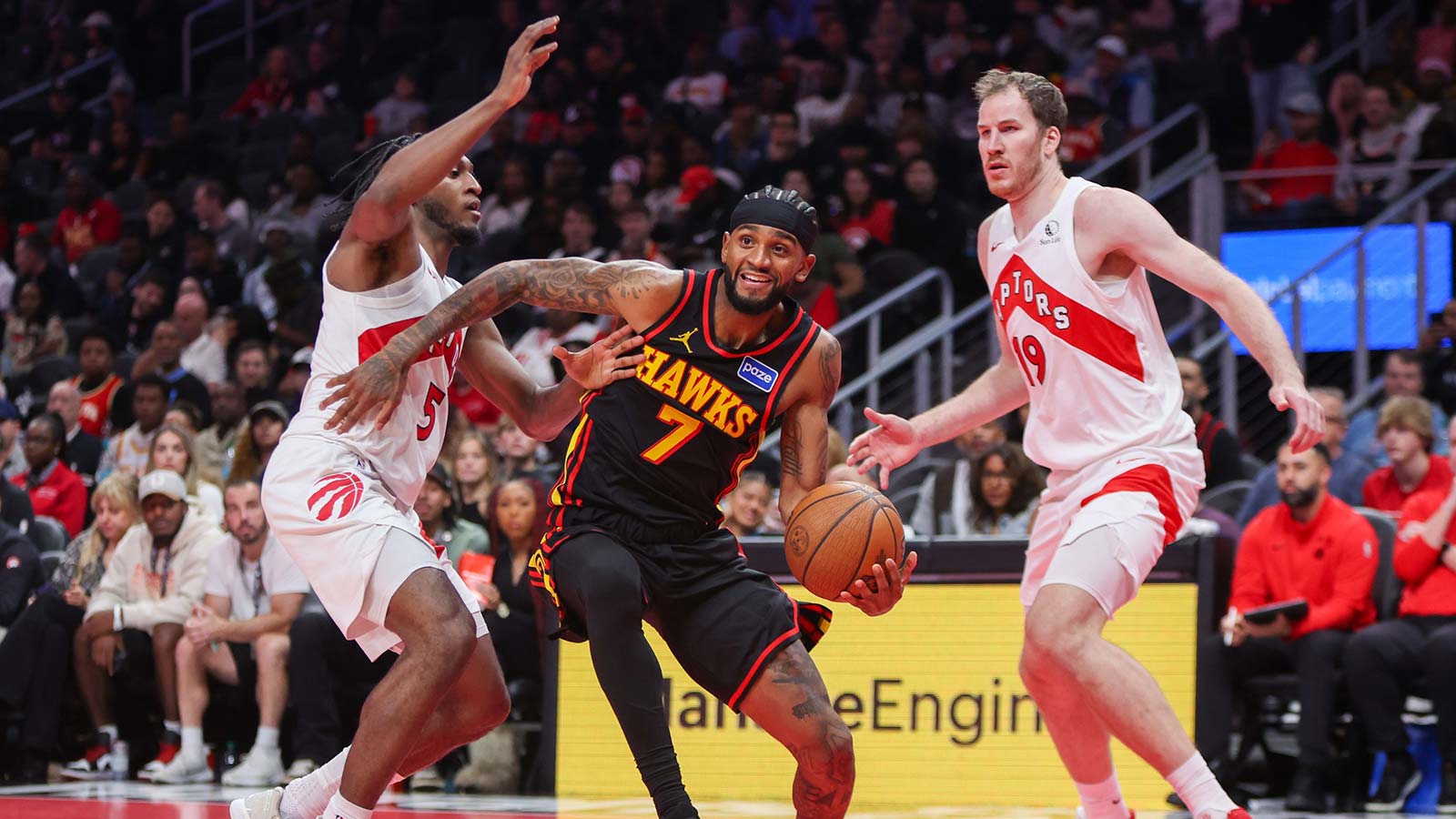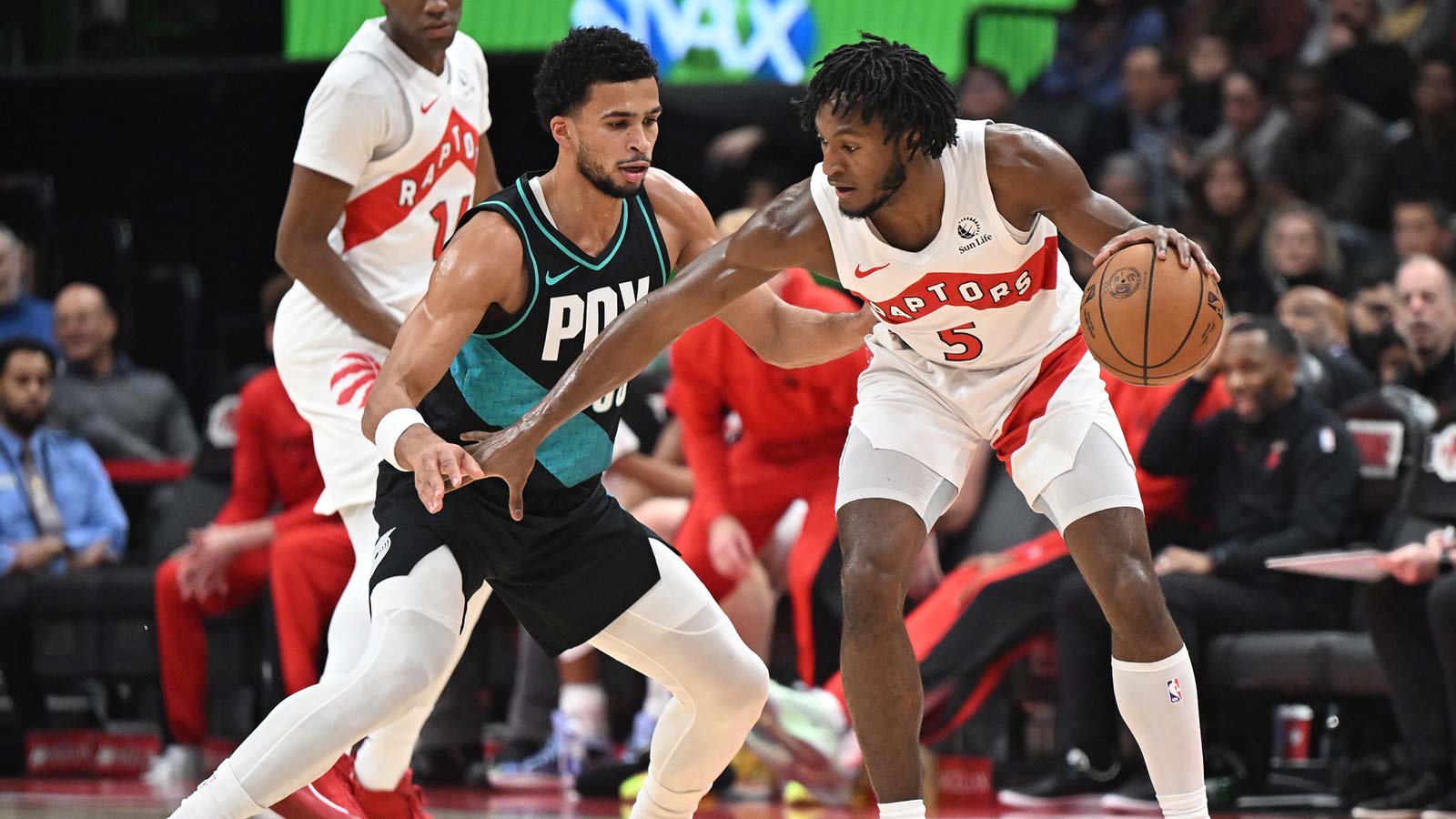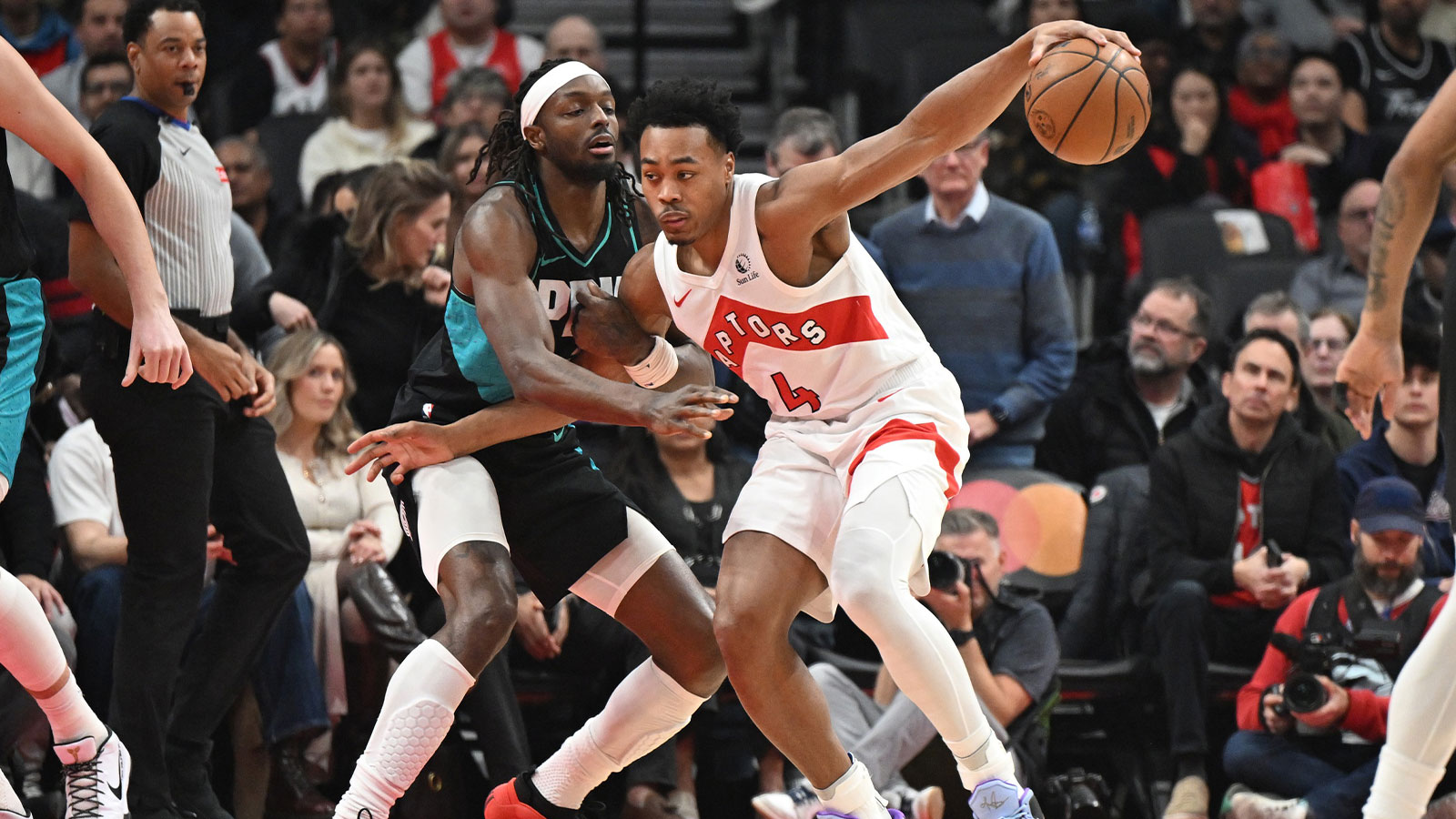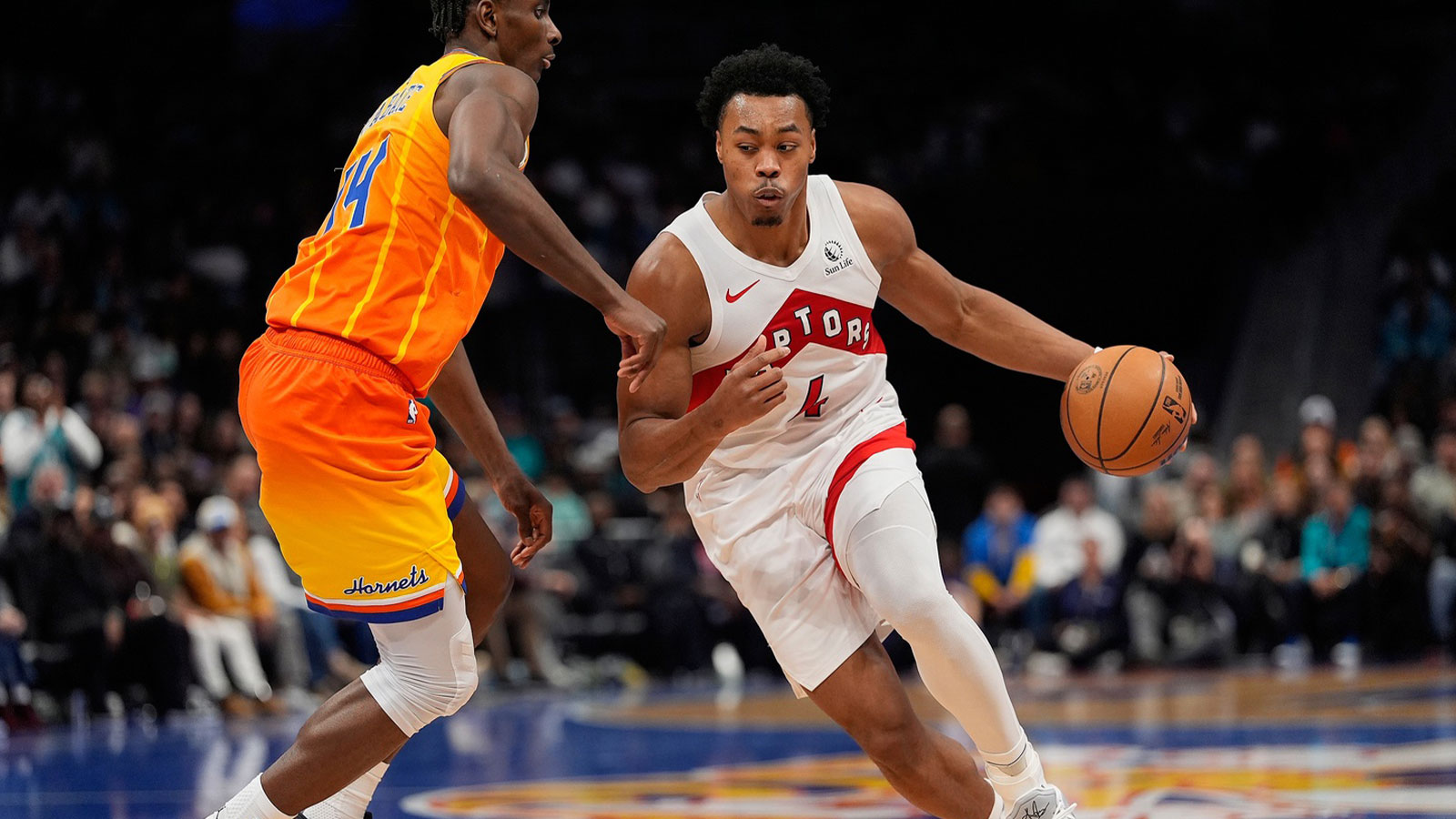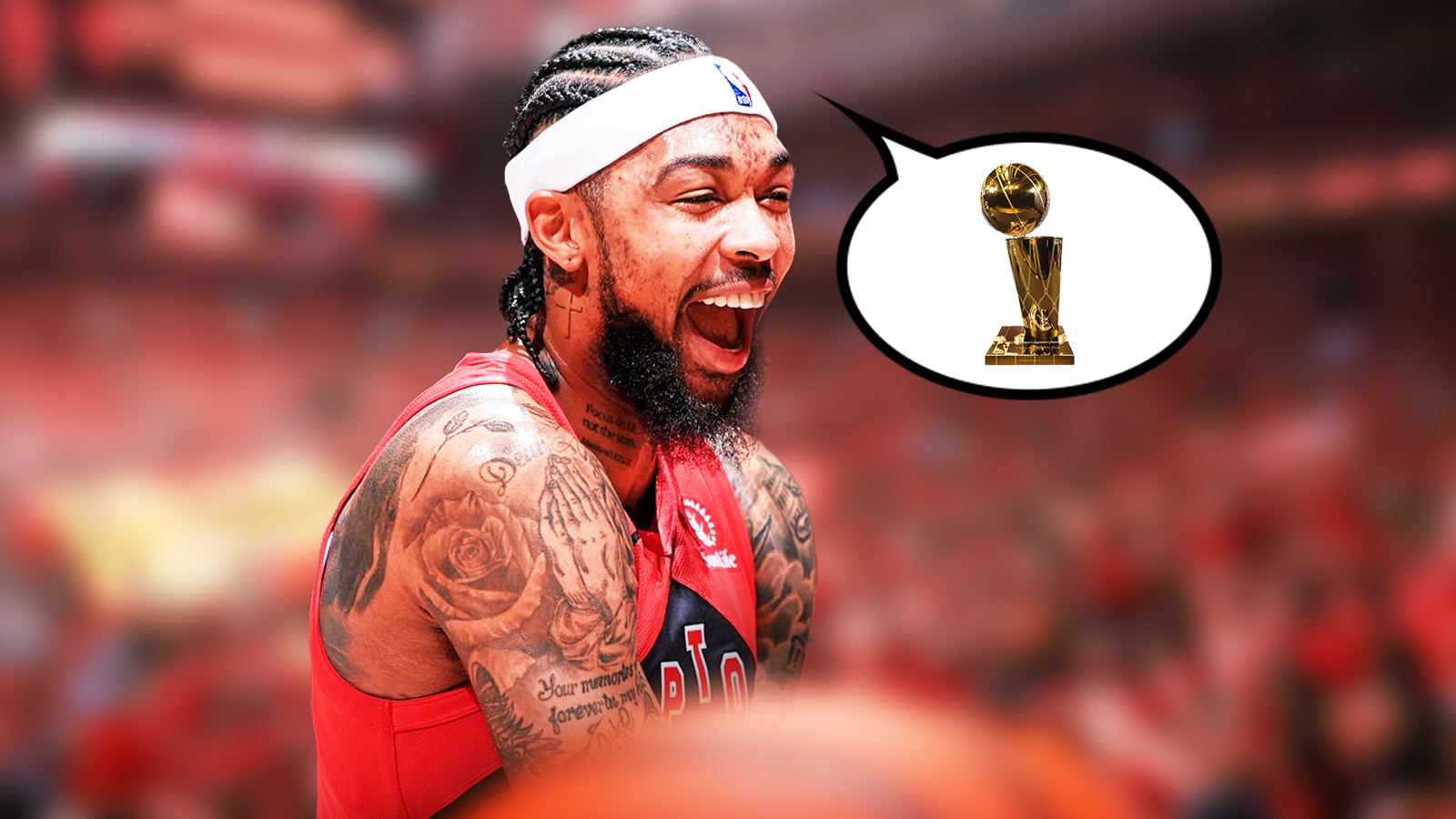The Toronto Raptors are standing on the edge of an interesting summer. Sure, some lottery teams lean all the way into the tank. However, Raptors leadership continues to chart a different course. They are rebuilding, yes, but with structure, vision, and a heavy dose of pragmatism. That means stockpiling young, proven NBA talent like Brandon Ingram while also being calculated with draft capital. With the No. 9 pick in the 2025 NBA Draft, Toronto has a chance to add one final top-tier prospect to a rising core before pushing forward into win-now territory.
A Year of Transition
Toronto’s 30-52 finish in the 2024-25 NBA regular season marked their second consecutive year out of the playoffs. That said, it was anything but stagnant. Midseason, the Raptors pulled off one of the league’s most surprising deals. They traded for Brandon Ingram from the New Orleans Pelicans and promptly handed him a three-year, $120 million extension. The goal wasn’t to salvage the season. Rather, they wanted to secure a two-way shot creator ahead of his free agency.
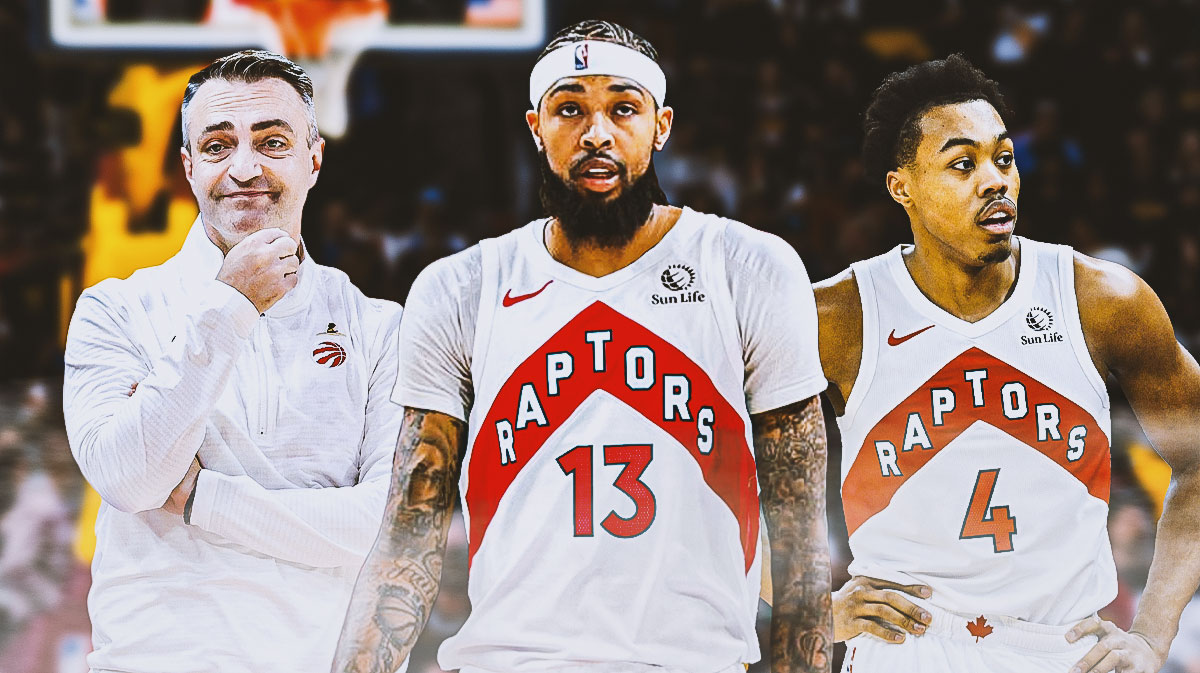
Ingram's addition joins a growing core of under-29 talents including Scottie Barnes, RJ Barrett, Immanuel Quickley, and Jakob Poeltl. With all five under contract for at least two more seasons and 89 percent of the team’s cap tied to them, this isn’t a team starting from scratch. It's one that’s loading up for the next step.
Toronto also got a massive injection of youth production this past season. They saw four rookies — Ja’Kobe Walter, Jamal Shead, Jamison Battle, and Jonathan Mogbo — each score over 300 points. Now, the Raptors look to add to that momentum with the No. 9 overall pick.
Here we will discuss the Toronto Raptors' 3 best options after they got the No. 9 pick in the 2025 NBA Draft.
Collin Murray-Boyles, PF/C, South Carolina
South Carolina forward/center Collin Murray-Boyles is one of the most unique frontcourt players in the 2025 class. He might not fit the prototypical measurements of an NBA big. However, his skillset and grit have quietly vaulted him into the top-10 conversation. Murray-Boyles excels at play finishing and defending with tenacity.
Analytics models love him, and scouts appreciate his intangibles. His passing vision from the post could fit nicely in Toronto’s ball-movement-heavy offense. Yes, his 3-point shot remains a swing skill. Still, there’s intrigue in what he could unlock in pro workout settings.
From a team-building standpoint, Murray-Boyles would give the Raptors a plug-and-play forward who doesn’t need a ton of touches to be effective. He is the perfect kind of connector around the scoring trio of Ingram, Barrett, and Barnes. He offers high-floor utility now and developmental upside for the future.
Noa Essengue, PF, Ratiopharm Ulm
If Toronto opts for raw upside and long-term potential, Noa Essengue might be the swing worth taking. The 6'10 forward from Ratiopharm Ulm has flashed exciting growth this season. He offers reliable rim running to an expanding perimeter game that includes rhythm threes and self-created looks. At just 18 years old, Essengue is one of the youngest players in the draft. However, he has already held his own in a competitive European league.
The Raptors have long been drawn to long, athletic, toolsy forwards. Recall the likes of Pascal Siakam and OG Anunoby. Essengue fits that mold. He thrives in transition and is steadily becoming more comfortable operating on the ball.
There’s risk here, of course. Essengue still lacks polish, particularly as a shooter and decision-maker. That said, the Raptors’ development system has a solid track record of turning raw wings into versatile threats. Essengue could become the next in that lineage.
Khaman Maluach, C, Duke
For a team already loaded on the wings, another direction Toronto could explore is going big with Khaman Maluach. He is the 7'2 Duke center with sky-high defensive potential. Originally from South Sudan, Maluach is an elite shot blocker with surprising mobility for his size. He can switch onto guards and serve as a safety net in the paint.
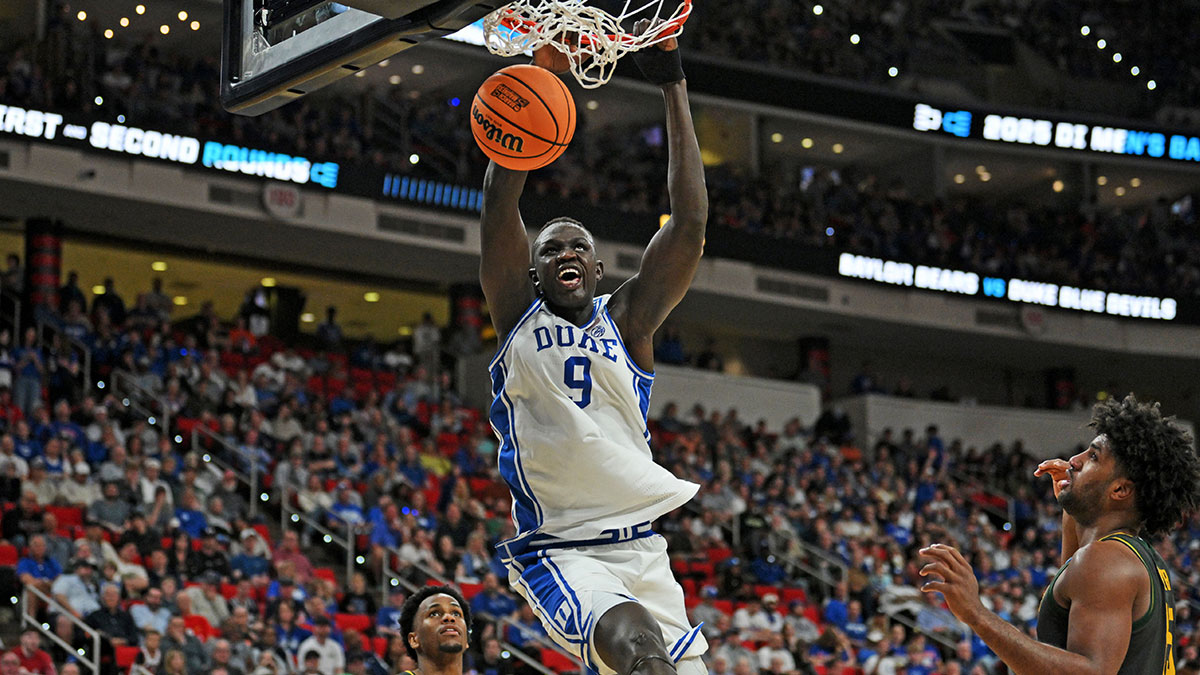
Offensively, he’s a lob threat who can finish with authority. However, his game is far from refined. His last outing at Duke saw him grab zero rebounds. That's a concerning stat that reflects his rawness and positional awareness issues. Still, he only started playing basketball at 13. His physical profile is among the most tantalizing in the class.
Note that Poeltl is already in place as the starting center. However, he’s more of a short-to-medium-term solution. Maluach could begin in a developmental role, growing under Poeltl’s mentorship. The Raptors' player development staff could stand pat on him until he’s ready to anchor the defense full-time.
Final Thoughts
The Raptors aren’t in a teardown. They’re in a calculated rebuild — one that now has a scoring wing in Ingram, multiple rising stars in Barnes, Barrett, and Quickley, and a bench filled with young contributors. The No. 9 pick offers one last big swing before Toronto shifts into full-on competitive mode.
Whether it's Murray-Boyles’ steady versatility, Essengue’s long-term upside, or Maluach’s defensive ceiling, the Raptors are in a position to draft based on best fit — not just need. If Toronto hits on this pick, the groundwork for a deep, sustainable contender could be complete as early as next season.

